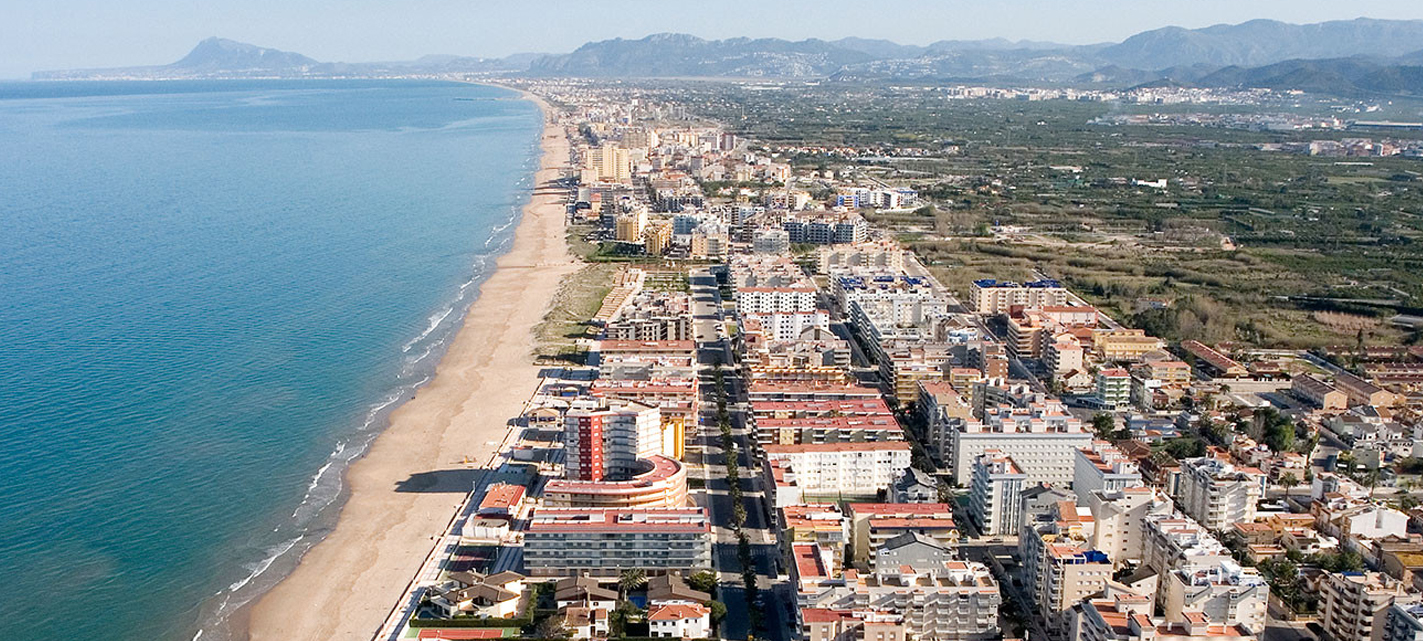
Its beach, known as Els Pedregals, has all kinds of services and establishments of the first level, even the most gourmet palates can make their thing in a restaurant with a Michelin Star.
The leisure offer is complemented by different bars by the beach, which during the summer months are organising live music and theater events. On the seafront, many water sports are also practiced, as well as having a very lively seaside walking path. Other attractions are campsites and a space for caravans.
In the town centre we can guess the path of la via Augusta, nowadays el carrer Assagador (Assagador street); la Casa Gran, stately home of the late 19th century; and the vestiges of the local washing place, and the ditches that nourished it with water.
Gentilici: Daimusera, daimusero
Tourism office– Daimús: Plaça Alcalde Francisco Castelló s/n (962803822) [email protected]
Natural resources:
- Playa de Daimús
- Playa dels Pedregals
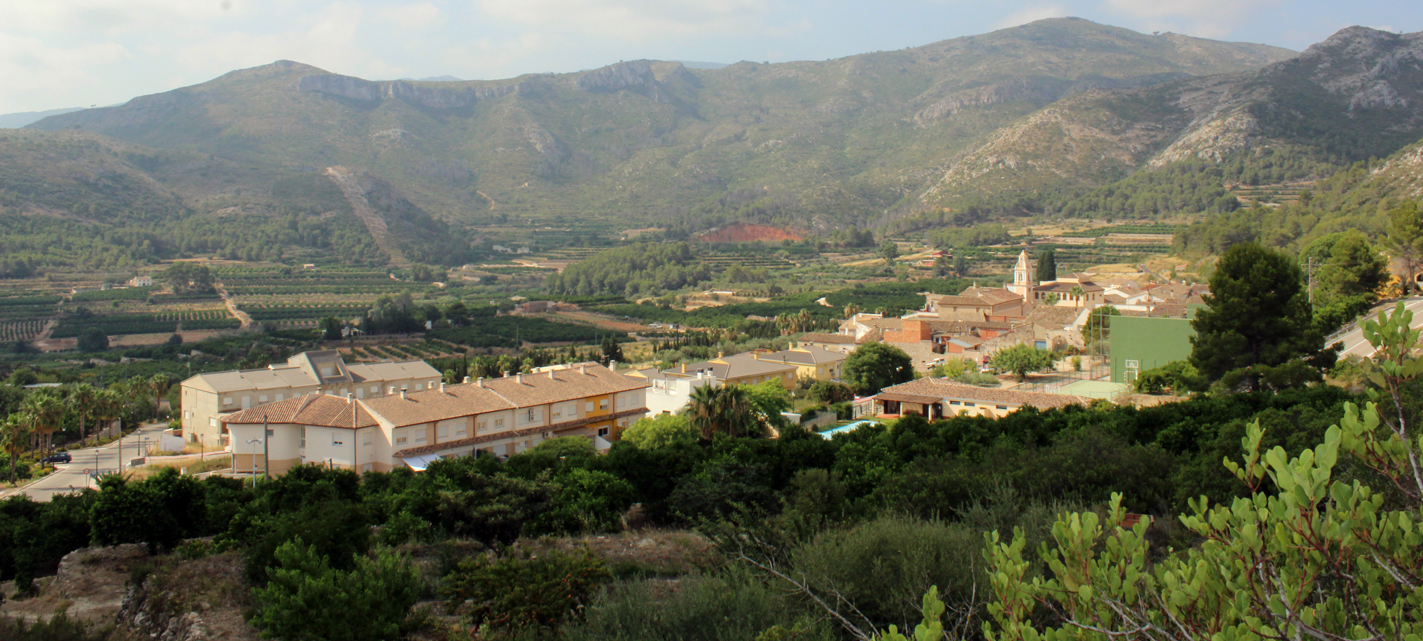
All the routes are well signposted and full of natural springs confering a place of great attractiveness for hikers.
But this village also gives us the opportunity to go back to the past and enter under his Roman arch, as hundreds of generations have throughout history. The second door, la d’Albacar, of Arab origin, is next to the municipal washing place in the lower part of the village.
Among other attractions, Castellonet de la Conquesta also includes el Palau dels Almunia, building of 17th century, and l’Almàssera, an ancient oil mill converted into a restaurant today.
Gentilici: Castellonetina, castellonetino
Natural resources:
- Serra d’Ador o de la Cuta
- Vall de Vernissa
- Font del Amortadell
- Font de la Cuta
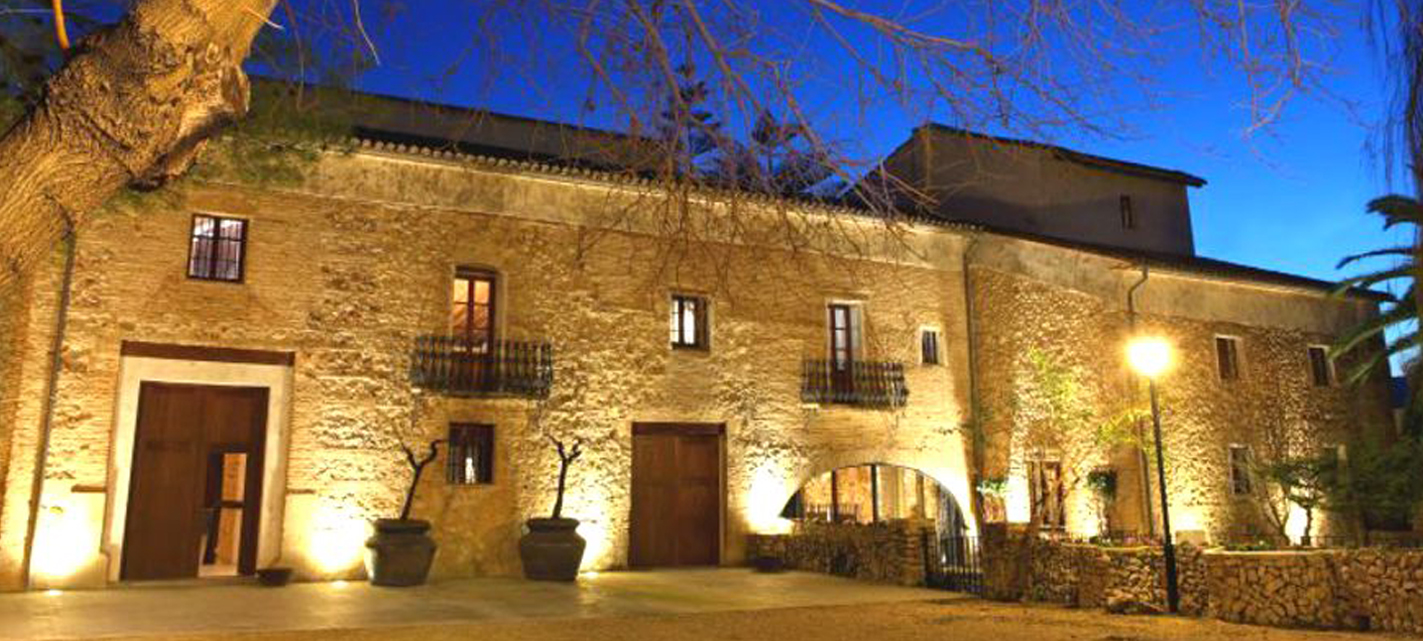
On the one hand it is its municipal washing place, restored in 1976 and in perfect state of conservation. On the other hand, the population has two mills: the one of the flour, with parts around the 15th century and of possible Arab inheritance-, and the new one, currently dedicated to the hotel industry.
In 1983, when the Sant jaume Apòstol Church was restored, built in the 16th century, remains of its ancient mihrab came out, evidencing the Muslim origins of the population.
Gentilici: Beniflatera, beniflatero
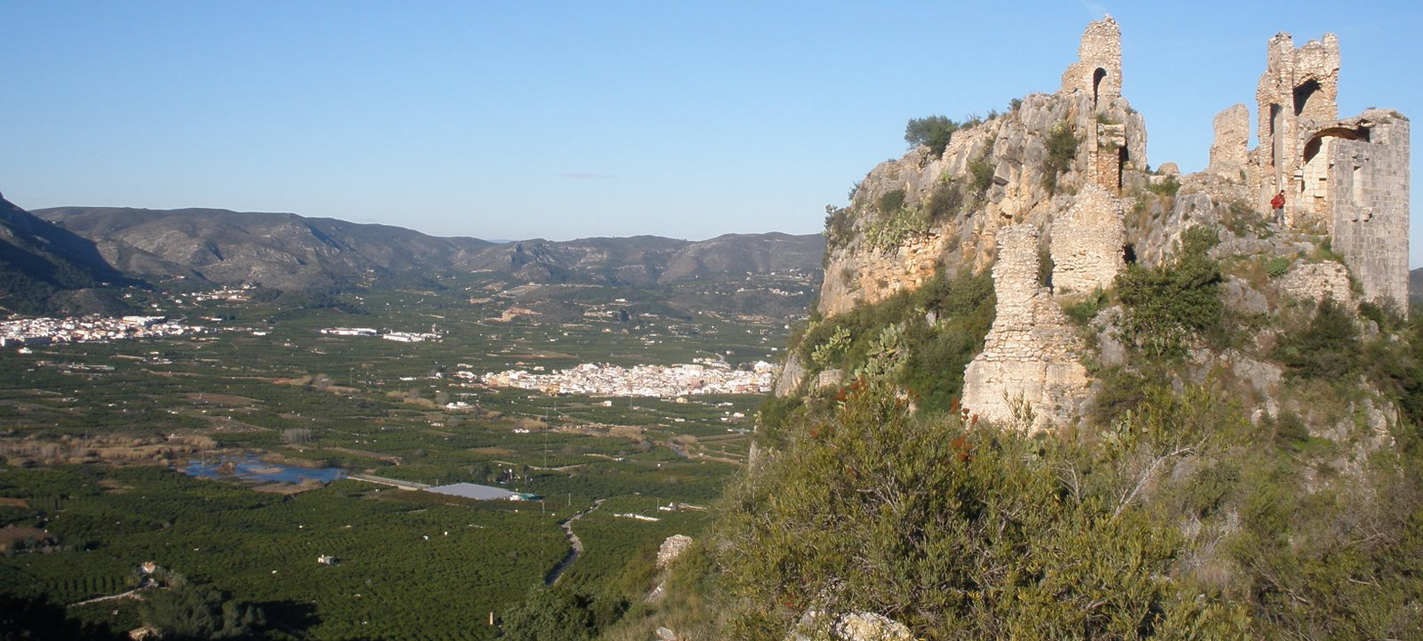
In the past years the municipality has recovered the path of el Castell d’Alfàndec, which had been rendered impregnable for decades. This fortress is known as El Castell de la Reina Mora (the Castle of Moorish Queen), as the oral tradition explains that a Moorish queen threw herself out the window.
The location of the town’s boundary, between la Serra de les Agulles and el Massís del Mondúver, as well as the backbone axis of el riu Vaca (Vaca river), makes Benifairó the perfect starting point for hikers, specially for those who practice climbing, which have two magnificent opportunities at L’Agulla Fonda or at l’Agulla Foradada.
Gentilici: Benifaironera, benifaironero
Tourism Office – Benifairó de la Valldigna: 962885264 (Tourist Info Tavernes)
Natural resources:
- Massís del Mondúver
- Pla del Barber
- Vall de Valldigna
- Font Fontarda
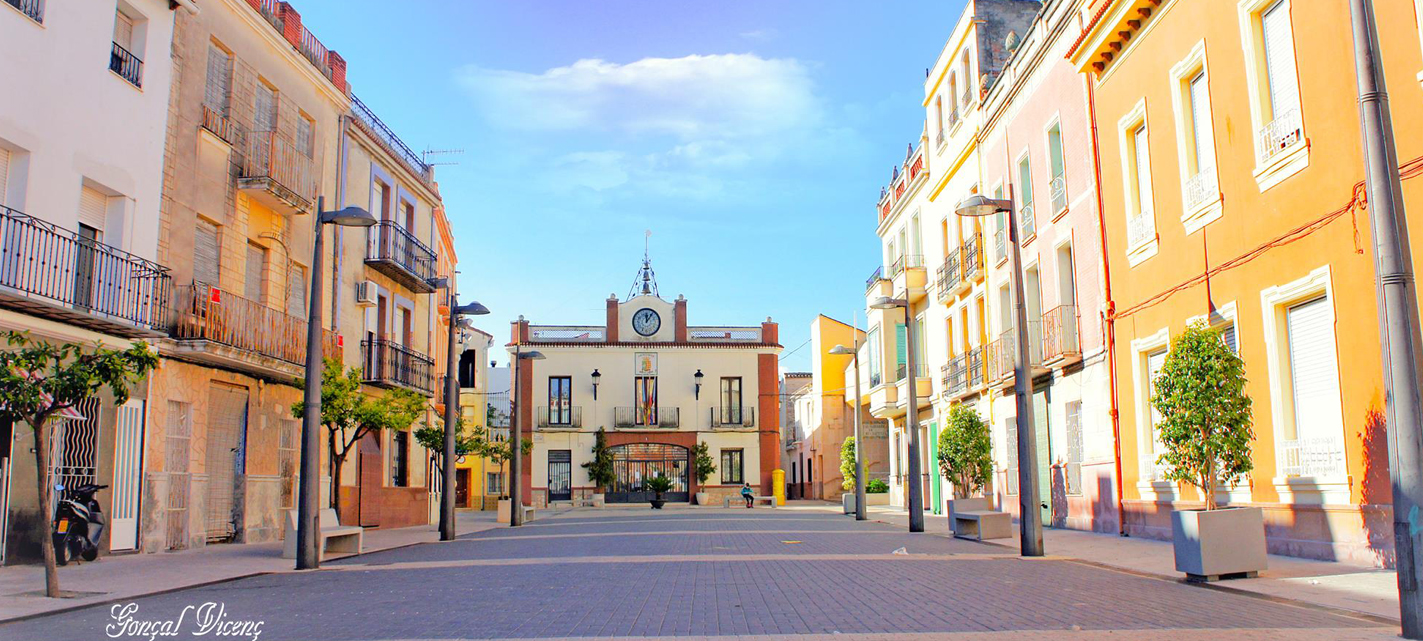
These lands had an important role in the life of the greatest Valencian poet of the XVth century, Ausiàs March. Today we can still find vestiges of what was the palace house of this family, as well as the March ditch that still supplies water to the irrigable land of the population.
The Poetry Prize “El Senyoriu d’Ausiàs March” has been celebrated since the 80s in Beniarjó. The prestige of this award has been progressively increasing to become one of the most prestigious distinctions of the Valencian Letters. In fact, important personalities such as Vicent Andreu Estellés have been part of the jury.
The event is part of the patron festivals dedicated to Sant Marc, where there is also el ball de la Bandera (the flag dance), a very special cultural event.
Gentilici: Beniarjotera, beniarjotero
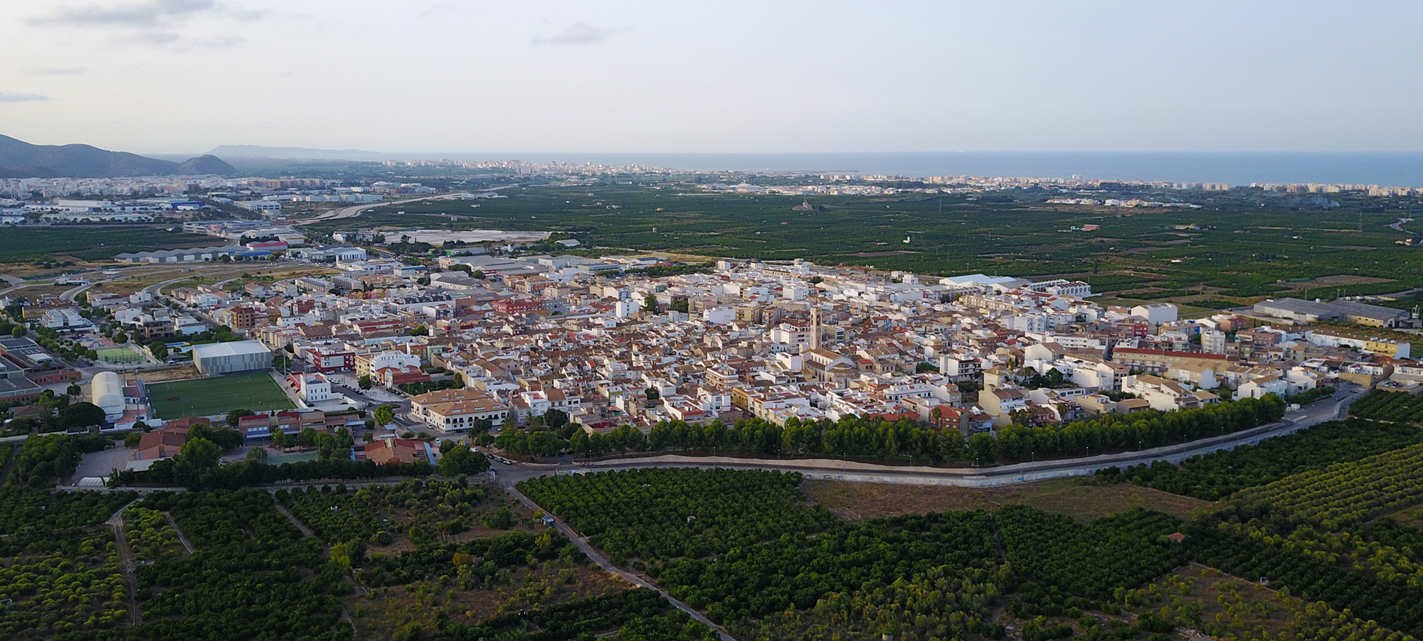
We find unique cultural manifestations in the region as its three original dances: ball pla (flat dance), ball de la pandereta (dance of the tambourine) and the dance of la Forca (pitchfork). This last one represented by the Band of el Tío of the Porra the last week of September, and is the only dance with sticks in La Safor. Bellreguard has a long tradition of festivals of Moors and Christians.
Its beach is ideal for those who seek tranquility and at the same time all the services for a enjoyable holiday. It also has a well-equipped mobile home area.
Gentilici: Bellreguartense
Tourist Office – Bellreguard: 962819320. Passeo Marítimo (Only in summer)
Natural resources:
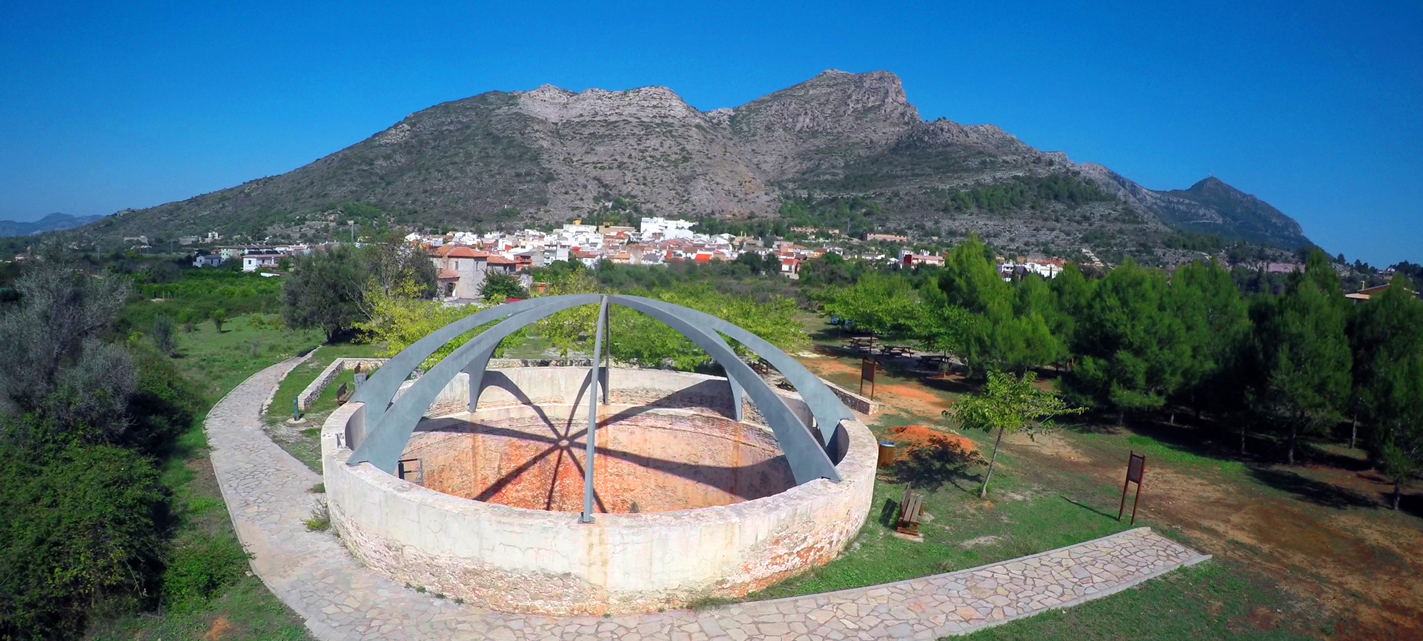
Village of steep streets and surrounded by mountains. It is the smallest of the Valldigna Valley and has been closely linked to el Monestir de Santa María (Monastery of Santa María), which is located in Simat.
The monks administered the population since the expulsion of the Moorish, and under its dominion the first urban centre “la Plaça” was created, which only had one access to be able to close at night and protect the inhabitants from the wolves.
Still la Nevera (the Fridge) is conserved, where the snow of the winter was kept to be able to have ice in summer
Gentilici: barxera, barxer
Natural Resources:
- Massís d’Aldaia
- Massís del Mondúver
- Barranc de Manesa
- Rierol o Barranc de La Drova
- Cova de les Malladetes
- Cova del Suro
- Alt de Picaio
- Penya Penyalba
- Avenc de la Donzella
- Avenc Aldaia
- Avenc Pilar
- Avenc de les Violetes
- Pla de La Drova
- Pla dels Suros
- Pla dels Avencs
- Vall de Valldigna
- Font de l’Om
- Font de la Puigmola
- Font del Molí
- Poljé de Barx
- La Carrasca (paratge de la donzella)
- L’ombría de Picaio
- Mirador de la Visteta

We talked about the theme park of the Gandia-Alcoi train, and that is how they have managed to recover the magic of their route and the different locomotives to perfection.
As well as converting the old station into the railway museum, where you can discover all the secrets of this means of transport and the people who made it legend. Today, we can still enjoy the old train route thanks to la Senda verda (Green Path) that uses it.
In addition, Almoines connects us with the Western Silk Route, as a result of having been an important centre for the production of this fabric, thanks to mulberry trees, worms and the silk factory of Enrique Lombard Gaujoux created in 1848, and is part of the industrial heritage of la Safor.
Gentilici: almoinera, almoinero

The population has a Muslim origin, clearly visible in the name of the place that means “the desert”. Its main monuments are l’Església de la Nostra Senyora (the Church of Our Lady), neoclassical, and el Castell de la Serra o de Vilella (the Castle of the Sierra or Vilella).
This refuge castle was raised by the Arabs and we can still see part of its rubble.
Gentilici: Almiseratina, almiseratino
Natural Resources:
- Barranc de la Figuera
- Barranc dels Magrells
- Barranc del Castell
- l’Assut d’Almiserà
- Font de la Finestra
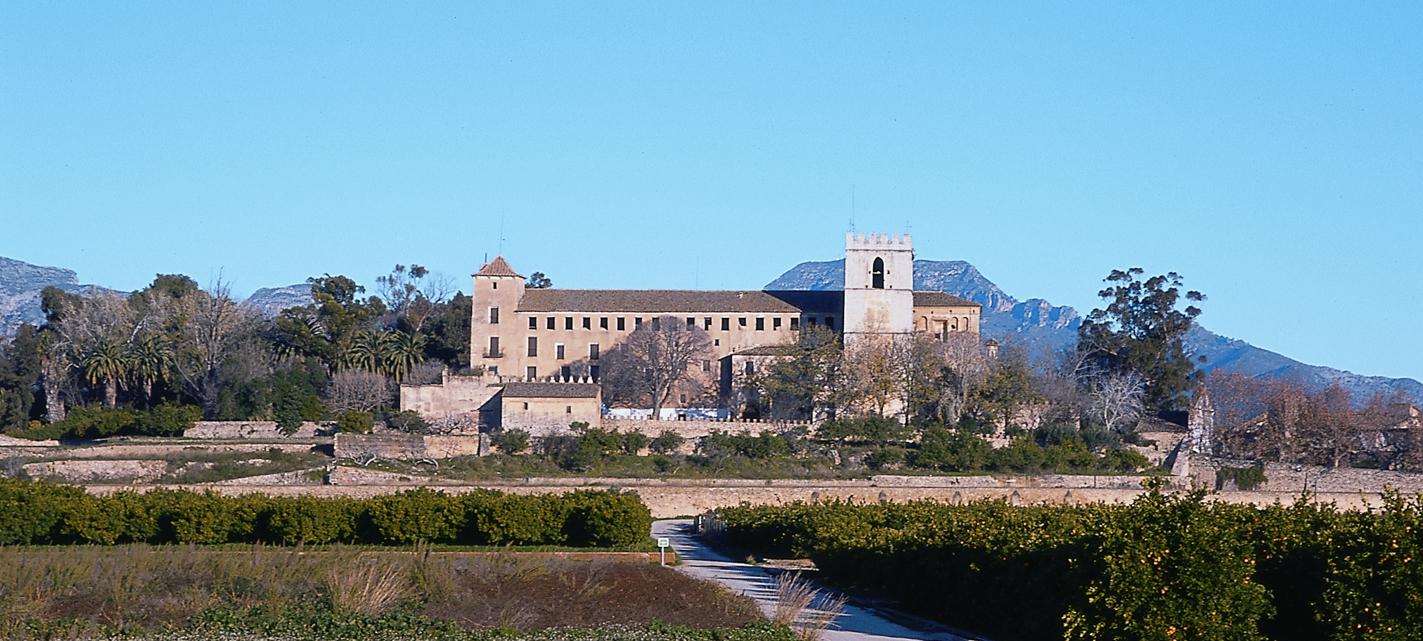
El riu Vernissa (Vernissa River) divides Alfauir into two well-differentiated fractions, on one side is the urban centre and on the other shore the absolute prominence of el Monestir de Sant Jeroni de Cotalba and its natural environment.
Human vestiges can be seen already from Iberian times, but it is in the days of the Romans when, probably, a city arises attached to el Camí Real de Xàtiva, a communication route already used in the first century BC. At this point a documentary parenthesis opens up to the settlement of the Moorish farmstead and the construction of el Castell de Palma, dependent on el Castell de Bairén.
A century after the Christian conquest by Jaume I will be when the monastery of Sant Jeroni de Cotalba was founded in 1388. This building, now privately owned but open to the public, is the main tourist and cultural attraction of Alfauir.
Demonym: Alfauireña, alfauireño
Natural Resources:
- Pla del Castell
- Pinar del Convent
- Vall de Vernissa
- Riu Vernissa
- Font del pintat
- Font dels polls
- Pinada del Monestir de Sant Jeroni de Cotalba









